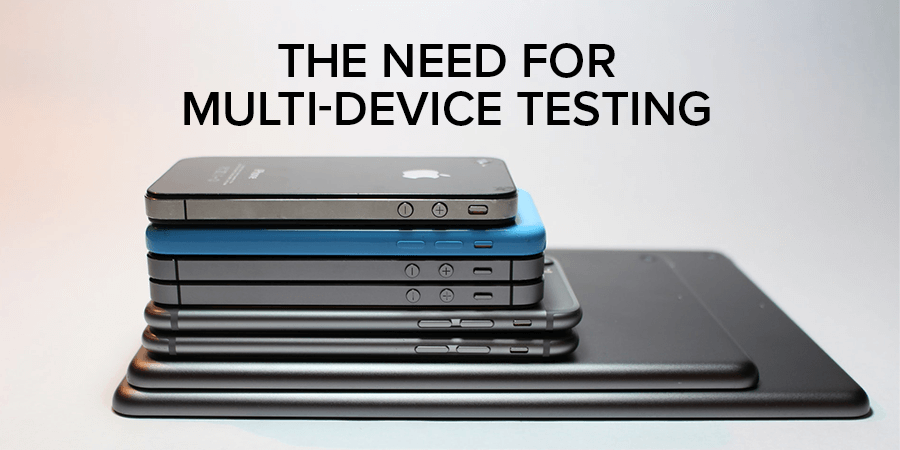A Rather Huge Global Market...
In the 3rd quarter of 2015, 355.2 million smartphones, 48.7 million tablets, and 73.7 million PCs were sold throughout the world. An increase of 6.8% with respect to 2014, ONLY for the smartphone market: one out of three of the planet's inhabitants has a smartphone. At the same time, it is becoming the norm for the seasoned user to have several devices (a smartphone and a computer or a tablet). Finally, a consumer spends on average about 3 hours a day (not counting time at work) on his or her various devices.
An avalanche of screen sizes, resolutions, OS versions, browsers... What risks?
The digital sector is moving quickly, very quickly, and it is quite natural that these millions of devices should have different characteristics: format, resolution, OS (Windows, Android, iOS, MacOS, Linux), OS version, memory... The fragmentation is so huge that it carries portability risks, meaning the ability of a digital product (website, app, IoT) to adapt to its utilization environment.
Thus, this abysmal market fragmentation will create for the user risks associated with display, performance, connection, content (text, images, video) that does not display correctly for the specific properties of each device. Why? Because a site was not necessarily conceived or designed to be displayed on so many devices. All these risks need to be controlled by companies in a proactive manner because the challenge is to offer users a digital solution (application, website) that is compatible with as wide a range of terminals as possible.
What solution to protect the product from fragmentation risk?
Multi-device testing is a preventive measure which helps protect against risks associated with fragmentation. It is an essential process that assures optimum digital product utilization whatever the device used.
How does one proceed with a multi-device test?
"Simply" by testing a digital product on the maximum number of representative device configurations (smartphone + OS version) utilized by the target users. On average, it is recommended to test a digital product on a sampling of 25 device configurations to cover 90% of the fragmentation risk. Specifically, a professional tester follows scripted paths through the various stages of testing and reproduces these stages on all the identified devices. Thus, by cataloging the anomalies encountered on each device, testers enable development teams to make the necessary adjustments and thereby finally to assure that every user has a comparable experience.



